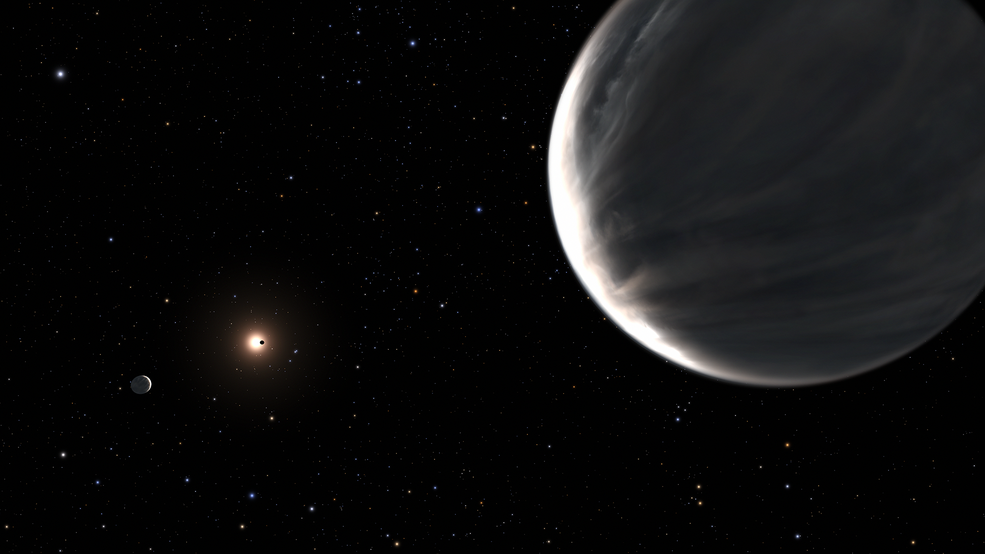Two planets will disappear from the eyes by the end of July
At the end of July, two shining planets of the sky are going to say goodbye to us. Next few days will be the last chance to see them in the evening sky. One of these two planets is Venus and the other is Mars. Both these planets were gracing the evening sky for the past several months.
In the eyes of astrologers, the departure of these two planets will affect which zodiac sign, but it will be disappointing for astronomy lovers. Venus is one of the most beautiful planets in our solar system. In stories, Venus is mentioned on Shirmour. Ballads of Beauty place Venus at a special place in our solar system. But after this month it will be confined to the evening sky. But it will not be able to remain hidden and will be seen smiling in the morning sky and will be seen completing the journey of six months before dawn. Talking about the red planet Mars, this planet of the solar system remains in the eyes of scientists from all over the world. Scientists do not want to let this planet disappear from their eyes. The reason for this is that this is the only planet, which can improve the tomorrow of human beings. Actually the next house of human is visible on this planet. Scientists have been sifting through its ashes day and night to imagine their future home. But this month this planet is going to bid farewell to the evening sky. Mars can be easily identified in the sky. Beyond the brightness of the stars, it is seen with redness. Due to which it becomes easy to identify the red planet in the sky. Its luster has faded a bit these days. The reason for this has gone far away from us these days.
Venus can be seen even in daylight
Very few know that this is the only planet after the Moon, which can be seen with the naked eye even in daylight. Provided the eye sight is correct and its presence in the right direction should also be known. Then it will look slightly hazy. The specialty of this planet is that it is the hottest planet in the solar system. Its mercury crosses 400 degree Celsius.
Source: Earth Sky.
Photo: Bablu Chandra



